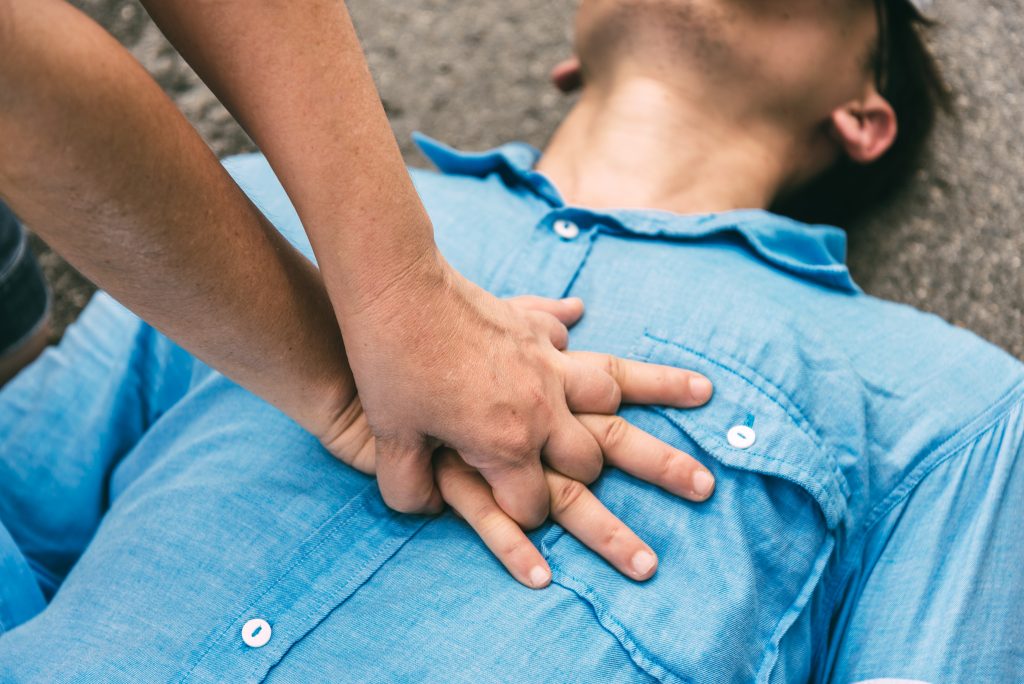Arq. Bras. Cardiol. 2021; 117(5): 1036-1037
Retention of Cardiopulmonary Resuscitation Skills in Medical Students: What Can Be Done to Improve Them?
This Short Editorial is referred by the Research article "Retention of Cardiopulmonary Resuscitation Skills in Medical Students".
Since the beginning, great researchers have been working on estimating the best technique for maintaining the body blood flow of a victim undergoing CPA. Several techniques were applied, such as the Trotting method and rolling over a barrel. The technique of external chest compressions was conceived in 1960, based on the observation made by Kouwenhoven, Jude, and Knickerbocker that adequate compression on the lower third of the sternum provided sufficient artificial circulation to sustain life in animals and humans with cardiac arrest. Since then, many studies have been carried out to improve the depth and frequency of appropriate compressions to maintain coronary perfusion at an adequate level, contributing to the return of spontaneous circulation.
According to the 2020 worldwide guidelines publications, performing high-quality compressions refers to performing compressions at a frequency of 100 -120 per minute, depth of 5-6cm, returning the chest to the normal position between compression minimize interruptions in compressions avoiding excessive ventilation. In this sense, a big question arises: do we understand the parameters for performing good compressions, which significantly increase the survival of CPA victims? However, how to ensure that health professionals and the general public can learn the technique and retain this learning to the point of reproducing it in an actual emergency?
[…]
566

